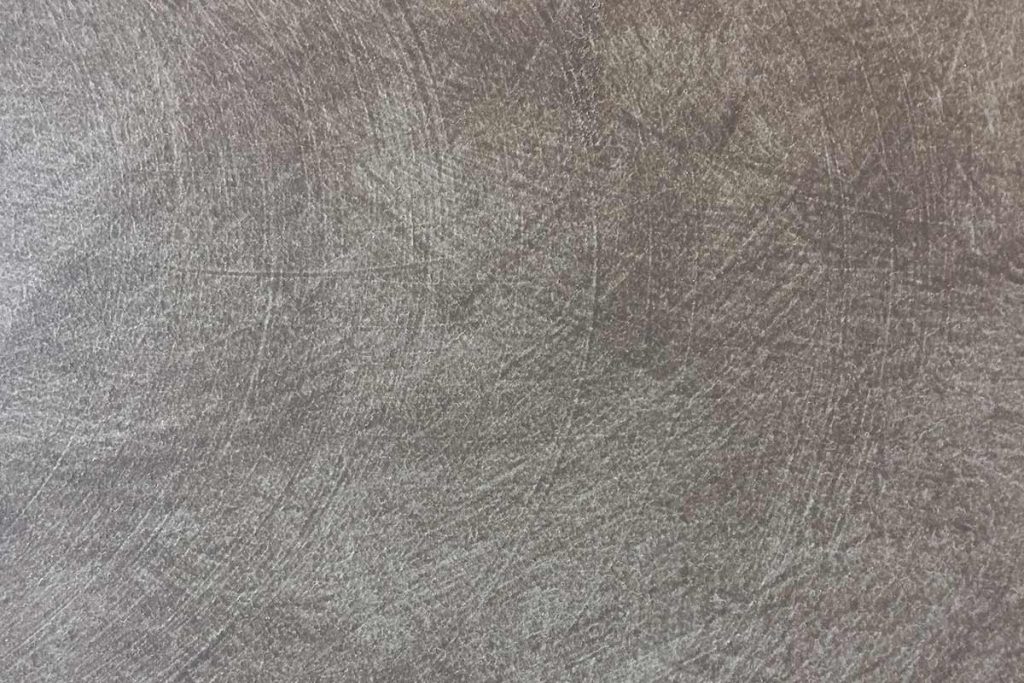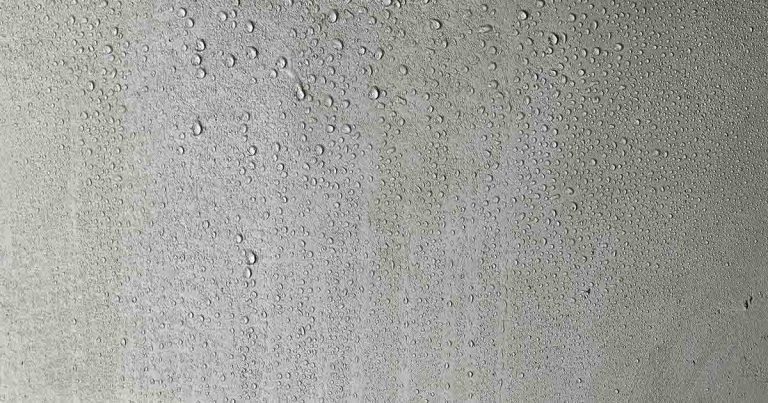A wide range of textured wall finishes have always been at the core of the Viero Decoratives product line. Let our expert decorator Fabrizio Da Prato, with his creative and insider’s eye, reveal a selection of the main decorative effects in the collection. “Finishes,” he explains, “usually refers to special surface treatments that are carried out in the building industry, on masonry surfaces. If finishes confer functional aesthetic value to masonry work, we can then begin to think in terms of decorative effects. In short, we might say that effects are ways of classifying works using particular tools, but they are also creative devices for handling materials and application techniques with the aim of simulating and creating something from an aesthetic perspective. When it comes to Viero Decoratives, I find it helpful to split the decorative effects into two macro-areas – the classics, characterised by standard workmanship, on the one hand, and the collections, with their thematic workmanship, on the other.” In this article, we are going to look at classic workmanship, and then go on to explore the collections in a second article.

Standard workmanship – the classics in the spotlight
“Classic decorative effects,” Da Prato goes on to explain, “are those that are most closely linked to antiquity and belong to the decorative tradition to be found in many Italian architectural and decorative works. They are usually applied by means of simple tools that are fairly well-established in the world of decoration. For example, brushes and rollers for painting materials and metal trowels or spatulas of various shapes for thicker materials. In this regard, it is actually interesting to note how regional culture influences variety, configuration and even the names of these tools. The standards I would term classic are therefore finishes that cover the rustic part of the wall with the purpose of both protecting it and embellishing it, creating a special atmosphere. Naturally, each material has its own technique and application cycle that specifically determines the sequence of the various materials in terms of time and method.”

Focus on lime-based Vixalit 500
“Let’s begin with the oldest painting material. Vixalit 500 lime-based paint is a classic in interior and exterior brush painting. Viero Decoratives provides it in a wide range of colours that lends a new interpretation of all its nuances by means of a variety of dilutions with water to obtain paint finishes with a soft, highly opaque appearance, capable of absorbing light and releasing it via subtle chiaroscuro effects. It is easily applied by means of flexible, compact long-bristled brushes and – with the use of a suitable number of cycles – can also be applied to more contemporary surfaces such as plasterboard. This paint is still the best choice for lime-based mineral masonry to maintain natural breathability and mould-inhibiting properties. Its versatility makes it ideal in decorative finishing work, framing and decorative lining.”
Classic acrylic decorative paints
There are a number of acrylic decorative paints that go by different names depending on the resins and materials that are used. Of these, Da Prato draws attention to three products with three different characteristics for analysis. Let’s see how.

The radiant elegance of Allure
Allure denotes elegance and charm, as well as attraction and temptation. “A variety of ingredients were used to translate this idea,” Da Prato explains, “including a blend of resins, pigments and sands.” What we have here is a ready-to-use acrylic gloss textural paint that does not require thinning, only mixing prior to application. It is applied with a brush (more specifically a spalter brush), in a single coat.
It is a medium-grade product in terms of difficulty because it requires good substrate dressing but, most importantly, patience, technique and repetition, attributes that collectively constitute one of the core skills in the world of decoration. How do you apply Allure? We recommend that you first watch the video tutorial where the application technique is demonstrated and, generally speaking, you should feed the product onto the brush and apply it on a wall using forward and backward wrist strokes. These strokes cause the paint to settle by orienting the mixture of pigments and sands. The sands are composed of small glass grains that are displaced across the surface with the to and fro motion of the brush, creating a texture that I would describe as strategic because the paint, once it has dried, will hold the glass sands spheres slightly raised which, when exposed to light, create a slightly shimmering yet very elegant effect. It is then the light itself, with its changes throughout the day, that gives rise to varying moods. Since this is a decorative paint with a metallic shimmering effect, it is important to choose the right colour from the wide range on offer, to match the furnishings and lighting in the room, to give it a dash of elegant eccentricity.”

Ghibli – matte acrylic paint
This is a paint that is very similar to Allure but is completely matte. The key feature of this paint is its matte and sand-like grainy texture. Ghibli is a reference to the Arabic name for a strong, southerly wind from Africa that blows towards the Mediterranean, carrying fine sand.
“Ideal for creating intimate, cosy and relaxing environments, it captures light rather than reflecting it. This paint is applied in the usual manner as Allure and, in addition, has a masking property that can be very beneficial in resolving minor imperfections that are often present on non-pristine walls. Suitable for large areas, it can also be used to create entire rooms due to its rustic yet understated character.”

VieroVel – acrylic-siloxane glaze
Lastly, VieroVel. “This product,” Da Prato points out, “is an acrylic-siloxane glaze and deserves a special mention because it has several properties that make it very versatile. I would venture to say that it is a vital ‘tool’ for the professional.
First of all, let’s explain what glazing actually is. Glazing is a painting technique that consists of spreading a thin layer of colour over another dry layer; a kind of filter which, by the interplay of transparencies, modifies colours by changing their tones by exploiting overlays. For example, a colour can be darkened by glazing one tone darker, or vice versa. Alternatively, only certain parts of a decoration can be modified, adding more depth or a three-dimensional character to it than if the colour had been applied as a background…You can also overlay different colours which, due to the transparency effect, can change colours – for example, light blue on yellow will produce a green hue.
Additionally, given the option of diluting VieroVel with water up to five times without compromising on quality, very delicate or intense transparencies may be obtained simply by changing the dilution and varying the transparency by adjusting the proportions of resin and pigment. Another interesting fact is that it can be used with a brush (any brush, depehttps://www.vierodecoratives.com/inspiration-and-trends/decorative-finishes-made-in-tuscany/nding on requirements), a sponge and, in some cases, a roller.
Technically, VieroVel can be used in its natural state, without the addition of pigments since, being transparent, it acts as a uniforming agent for absorption on plasters of a different nature (lime or cement-based and smooth- or rough-textured) because it is composed of an acrylic-siloxane binder.
VieroVel can also be used as a light, finishing protective coating for interior or exterior decoration or painting because it is water-repellent on contact and vapour- breathability on egress.
Step into the world of Viero Decoratives and discover the sophisticated union of material and application
As you will have learned from this article, Viero Decoratives research places a lot of emphasis on its finishes, creating textures that tell stories and inspire the emotions. If you have enjoyed reading what Fabrizio Da Prato had to say, you will find another section on the blog about him, with additional insights. If you want to keep up to date with the latest news from the world of Viero Decoratives, sign up for the newsletter or contact our team!



